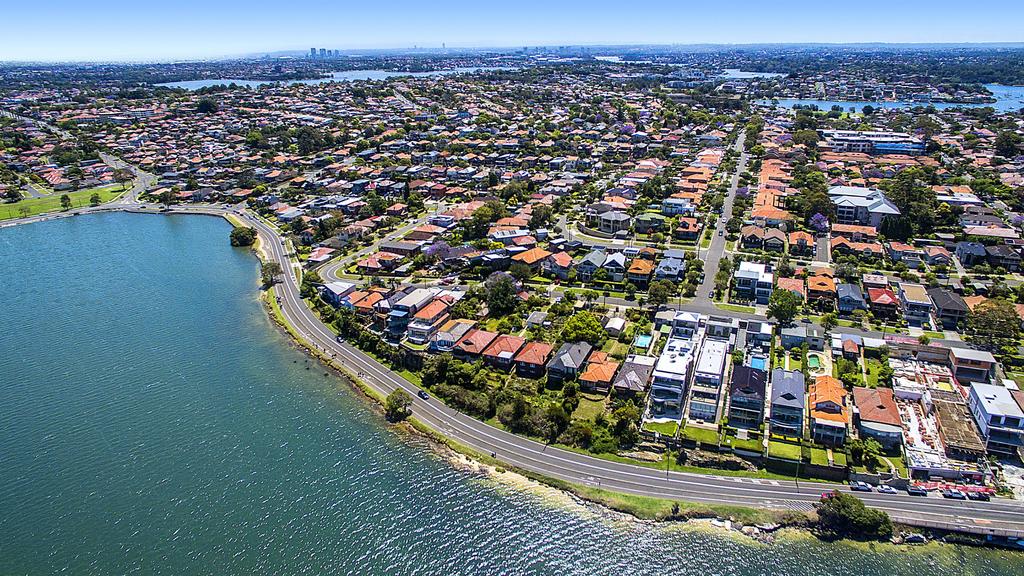By DANIEL LO SURDO
Included in the Inner West Council election papers on December 4 will be a de-amalgamation poll, which will ask voters the following question:
In May 2016, Ashfield, Leichhardt and Marrickville councils were amalgamated into one local government area by the State Government.
Do you support the Inner West local government area being de-amalgamated, so as to restore the former local government areas of Ashfield, Leichhardt and Marrickville?
The demerger poll was moved in June despite opposition from all Liberal and Labor councillors.
The Independent has gathered some of the key arguments for and against de-amalgamation before voters go to the polls in under two weeks.
For
Those favouring de-amalgamation in the Inner West feel that council has lost its way in the past term, and a return to the former Ashfield, Leichhardt and Marrickville councils will create a more localised infrastructure that can better execute the priorities of its constituents.
Inner West Council’s inaugural term has been marred by infighting and staff turnover throughout its four years and has led many residents to believe that de-amalgamation is in the best interests of the community.
In July, Socialist Alliance candidate for the Stanmore-Damun ward Pip Hinman wrote in the Independent that de-amalgamation would “make council more representative” and that an increase of councillor positions and diversity would “more accurately reflect communities in the Inner West”. Prior to the amalgamation, there were 36 councillors across Ashfield, Leichhardt and Marrickville – there are 15 in the current council.
“We’ve lost our local,” Stanmore-Damun Greens candidate Liz Atkins said.
“We’ve lost the number of councillors who understand the area that we live in … I think that the community feels that we’ve lost that.”
In August, outgoing Greens councillor Colin Hesse voiced his frustration with tackling local issues in Inner West Council, conveying that the enlarged local government area created a council chamber largely concerned with strategic planning issues, rather than addressing ratepayers’ concerns.
The Local Government Act 1993 was amended this year to include new measures that would streamline the de-amalgamation process for NSW councils. Under the changes, a new council may submit a proposal for de-amalgamation to the Minister for Local Government, and should the Minister support the proposal, the State will commit to financing the associated costs of de-amalgamation.
Despite believing it may be “too late to unscramble the egg”, Inner West Labor candidates have pledged to support the development of a business case to the NSW Government should voters want to de-amalgamate.
“If the people vote strongly in favour of [de-amalgamation], obviously then we as elected representatives will persecute that with the State Government,” Labor councillor Mark Drury said.
“We would argue to not support doing that, but we are having that vote.”
Against
After council resolved to conduct the poll in June, Morrison Low, an Australian consultancy firm, was commissioned to undertake a cost-benefit assessment case to identify the opportunities and obstacles of a potential de-amalgamation.
The assessment considered financial, social and environmental issues, and proposed a methodology of de-amalgamation, as there is no prescribed process in NSW. It also made “a number of assumptions” regarding the ongoing changes in costs, benefits and services since the Inner West merger.
It found that one-off de-amalgamation costs would total $26.2 million, while the ongoing costs and benefits would be $22.1 million. With the report projecting that all three councils would have a “significant operating funding shortfall”, ratepayers would be subject to an average increase of $266. It also warned of “significant risks in estimating costs and benefits in the absence of a prescribed methodology” in its report.
A summary of the Inner West’s income and expenditure found council to be operating at a $22,110 deficit, with predominant expenses sourced from employee benefits and “all other expenses”.
There is also concern that de-amalgamation would reduce amenity in the Inner West. An amalgamated council has allowed ratepayers to access community facilities, libraries and services which may not be possible in a de-amalgamated council.
In the four years since the Inner West was amalgamated, the Marrickville Library was opened on the site of the heritage-listed old Marrickville Hospital, and earlier this year was nominated for the 2021 Public Library of the Year Award. Balmain’s newly renovated Dawn Fraser Baths was also reopened to the public in September this year after two years without visitors.
Some residents also argue that one council for the Inner West represents a shared vision that can create a stronger, more efficient system for all ratepayers.
There is also concern about the de-amalgamating period, should council choose to prepare a business case to the NSW Government. Some estimate that the de-amalgamation could take over 18 months to complete, which may create a long-term suspension of local governing in the community, where residents’ concerns will struggle to be addressed in council.
Others believe that de-amalgamation is simply not required for a current area that shares more similarities than differences. With post-election challenges largely to be consumed by COVID-19 recovery, there is a feeling that resources associated with de-amalgamating would be better oriented to focus on revitalising local businesses that will look to return to their feet this summer.


